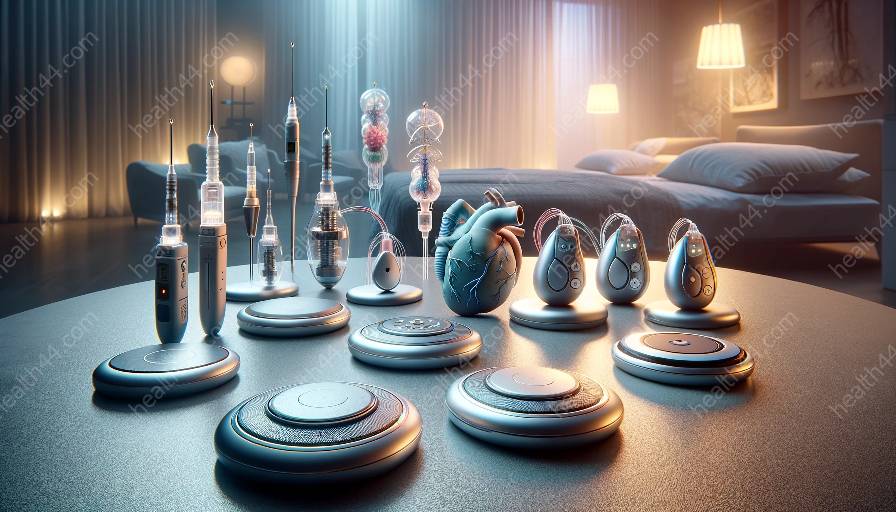Neurostimulators, also known as implantable neurostimulators, are cutting-edge medical devices that provide targeted electrical stimulation to specific areas of the nervous system to treat a variety of medical conditions. In this comprehensive topic cluster, we will delve into the fascinating world of neurostimulators, their applications, and their compatibility with other implantable and medical devices and equipment.
Understanding Neurostimulators
Neurostimulators are advanced medical devices that use electrical impulses to modulate the activity of the nervous system. They are commonly implanted in the body and are designed to deliver precise and controlled stimulation to specific nerves or regions of the brain or spinal cord. Neurostimulation technology has rapidly evolved in recent years, offering new hope for patients with chronic pain, neurological disorders, and other conditions.
Applications of Neurostimulators
Neurostimulators have shown remarkable efficacy in treating various medical conditions, including chronic pain, Parkinson's disease, epilepsy, depression, and urinary incontinence. By targeting the neural pathways associated with these conditions, neurostimulation can provide significant relief and improve the quality of life for many patients. Additionally, ongoing research is exploring the potential of neurostimulators in treating conditions such as migraine, obesity, and neurological movement disorders.
Compatibility with Implantable Devices
Neurostimulators are designed to be compatible with a range of implantable devices, including pacemakers, defibrillators, and other medical implants. Interactions between neurostimulators and other implantable devices are carefully managed to ensure safety and optimal functionality. The use of neurostimulators in patients with existing implantable devices requires close coordination and monitoring by healthcare professionals to avoid potential interference or adverse effects.
Neurostimulators and Medical Equipment
Neurostimulators are an integral part of the broader landscape of medical devices and equipment. They interface with specialized programming and monitoring systems that allow healthcare providers to customize treatment parameters based on individual patient needs. Furthermore, ongoing advancements in medical equipment, such as imaging technologies and surgical tools, play a crucial role in the safe and effective implantation and management of neurostimulators.
Future Directions and Innovations
The field of neurostimulation continues to evolve rapidly, with ongoing advancements in device design, programming algorithms, and integration with other medical technologies. Emerging innovations seek to enhance the precision, flexibility, and long-term reliability of neurostimulators, expanding their potential applications and improving patient outcomes. Research efforts also focus on developing next-generation neurostimulation therapies for currently untreatable conditions.
Critical Considerations for Implementation
As with any implantable device, the successful integration of neurostimulators into patient care requires careful consideration of factors such as patient selection, surgical techniques, programming protocols, and ongoing monitoring. Clinicians, researchers, and regulatory authorities work collaboratively to establish best practices and guidelines for the safe and ethical use of neurostimulators, ensuring that patients receive the maximum benefit with minimal risk.
Conclusion
Neurostimulators represent a remarkable convergence of medical science, engineering, and patient care, offering new possibilities for managing challenging medical conditions. By understanding the capabilities, applications, and compatibility of neurostimulators with implantable devices and medical equipment, we can appreciate the transformative impact of these technologies on healthcare. As the field continues to advance, neurostimulators hold promise for improving the lives of countless individuals and driving innovation in the broader landscape of medical devices and equipment.


